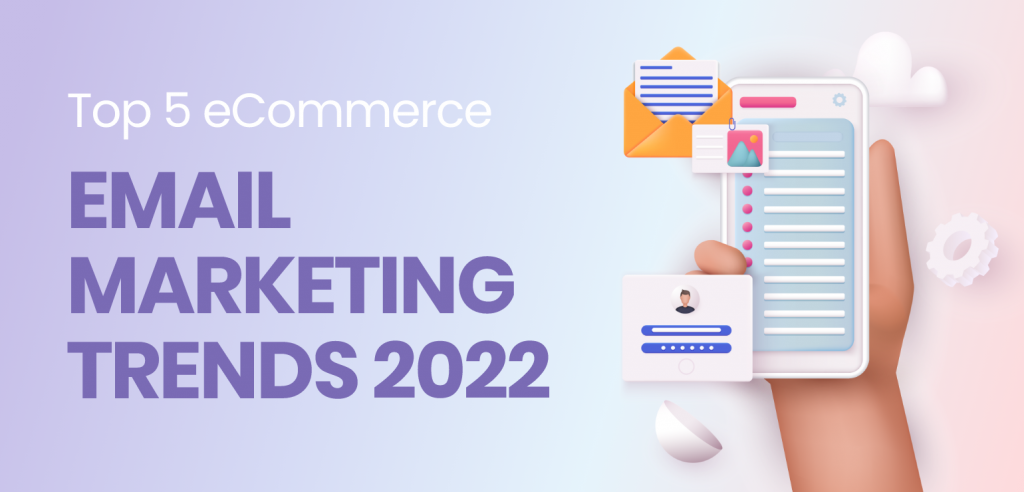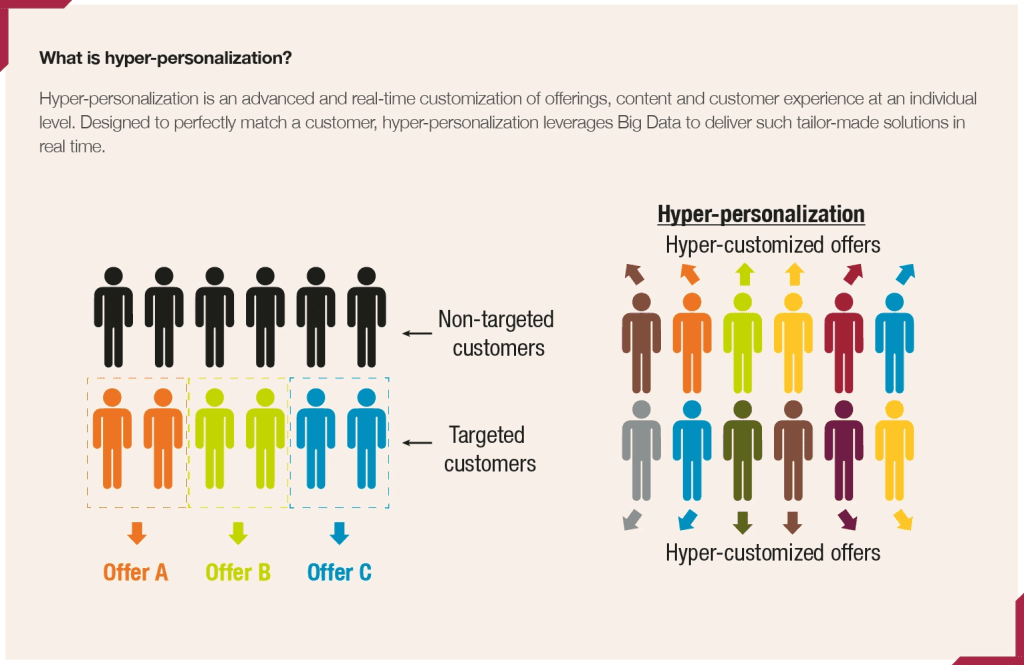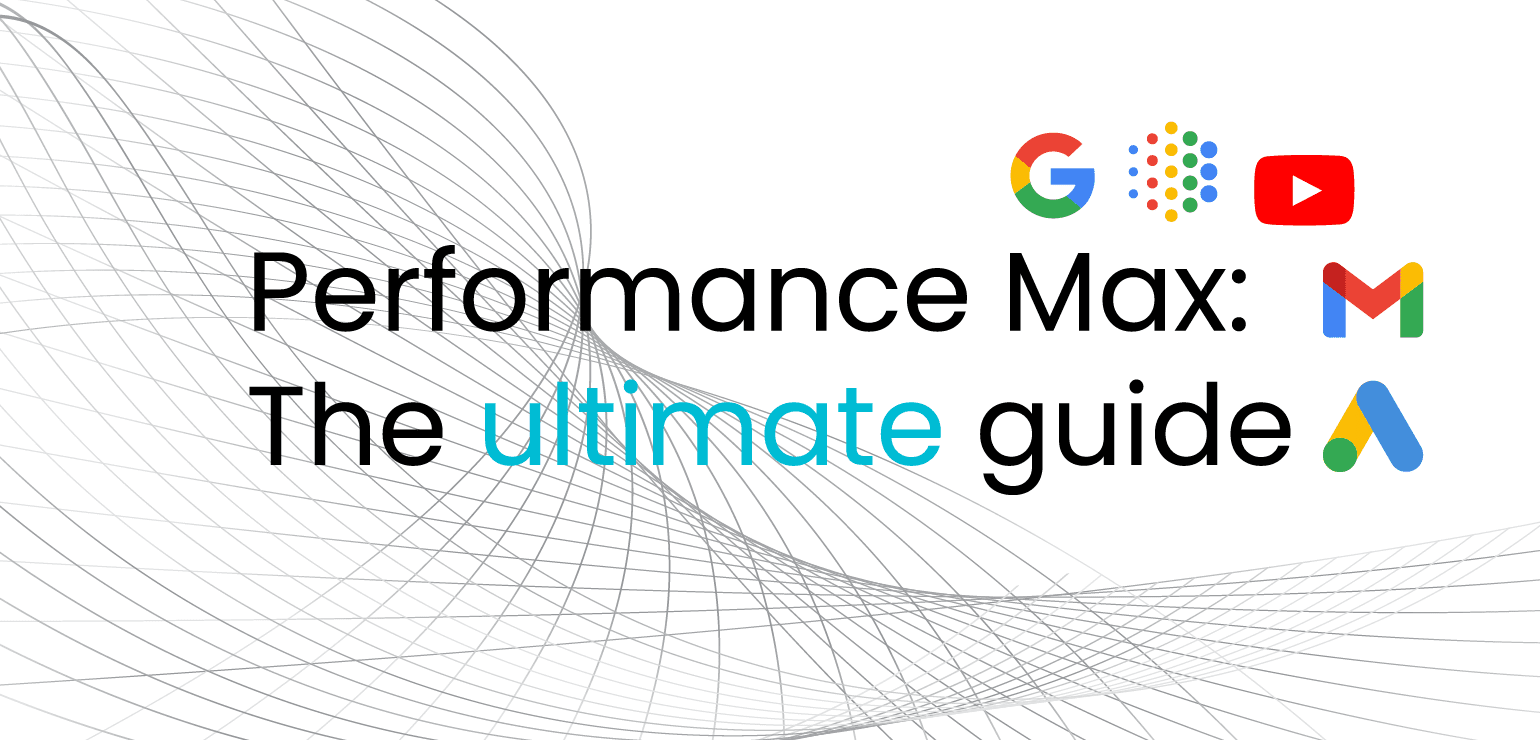Top 5 eCommerce Email Marketing Trends 2022

eCommerce email marketing remains a powerful channel for promoting your brand and business, for increasing sales, and building customer relationships.
Article topics
- Mobile-First Email Design
- Interactive Content
- User Generated Content
- Email Personalisation
- AI & Machine Learning
eCommerce email marketing has been around for a long time and remains an important channel for digital marketers. eCommerce email marketing has, since the advent of eCommerce, evolved with technology and consumer expectations.
eCommerce email marketing continues to enable brands and businesses to reach out to and engage with consumers in increasingly competitive marketplaces.
This article will zoom in on 5 eCommerce email marketing trends that are particularly relevant as we hurtle towards 2022. From designing eCommerce email marketing for omnichannel shopping experiences, to the changing ways in which consumers interact with eCommerce emails, to AI and machine learning and hyper-personalisation.

Mobile First Email Design
Shopping journeys are becoming more complex as consumers use combinations of desktop, mobile and physical retail to find and purchase the products and services that they want. This trend is set to continue and grow as more people than ever before choose to shop online.
78% of marketers have seen an increase in email engagement over the last 12 months.
Omnichannel
In 2020, 73% of UK consumers were omnichannel mobile shoppers, seeing no distinction between what device they use to research products and make purchases, expecting a unified shopping experience across all touchpoints. And that figure is set to increase as the line between shopping online and brick-and-mortar retail continues to blur.
Given the continuing rise of mobile shopping, or mCommerce, eCommerce businesses must consider how consumers interact with their online store on a mobile device, as the user experience switches from point-and-click to tap-and-swipe, and with mobile devices having significantly smaller screens.
Mobile UX
81% of all emails are opened and read on mobile devices.
If a customer receives a marketing email from you and it doesn’t render quickly and clearly on their mobile, they simply won’t read it.
Rather than designing marketing emails for desktop and then adapting them for mobile, it makes much more sense to create emails for mobile first and replicate that UX for desktop.
Mobile-optimised content looks great on desktop and it’s much easier for designers to take a mobile-first approach using responsive or PWA design.
If your customers can open your marketing emails easily and interact with them without friction, they will be more likely to engage with the content.
Nearly 1 in 5 email campaigns are not optimised for mobile devices.

Interactive Content
Once your customer has clicked to open your marketing email, content must be engaging for them. In recent years the trend for marketing emails has been away from static content, such as just text and images, towards more interactive UX.
Including interactive content in marketing emails helps boost engagement and is becoming more popular as technology advances and customer expectations shift.
Incorporating interactivity into marketing emails is straightforward and can include a variety of elements:
- Video content – video can increase click-through-rate by up to 65%
- User controlled product carousels – a more engaging way to display images, especially on mobile
- Accordions – a great way to save page space, again, ideal for mobile
- Anchor links – speed up UX by enabling customers to go directly to the content that they want
- Surveys and polls – engage customers and find out more about them
- Reviews and ratings – give customers a say about your products and the service they received
91% of consumers prefer interactive content, but only around 23% of brands use it, so this is an important trend not just for customer engagement, but also for competitive advantage—if your eCommerce business leverages interactivity in marketing emails then you will be offering value for customers that your competitors may not be.
User Generated Content
UGC in eCommerce marketing emails is a trend that’s gaining momentum. eCommerce email marketers include content showing customers using products and then sharing their experiences on social media, such as Instagram.
By setting up an Instagram page for your brand, or individual products, and encouraging customers to share images of them using your products or how they incorporate your products into their lifestyles, or even how they use your products in their own businesses, you will have a ready-made content resource at your disposal.
Another way of leveraging UGC in your marketing emails is to include relevant and positive tweets about your products and brand. These might be chatter about a new product launch, a special offer campaign, and event or anything that is exciting your audience about your products and brand.
Using customer feedback and product ratings and reviews in marketing emails will act as social proof, helping to build customer trust and increase conversion rates.
Strategically using these types of UGC helps build customer relationships by putting customers centre stage rather than them being passive recipients of marketing email. Increased engagement with marketing emails will drive more customers to your store’s landing pages.
As omnichannel commerce becomes the norm, the barrier between consumers and brands will become much less defined, with perhaps the very idea of a brand’s ‘audience’ becoming increasingly nuanced and complex as eCommerce email marketing becomes more consumer-centred and personalised.
User-generated content drives a 73% increase in email click-through-rates.

Email Personalisation
Consumers are expecting more personalised shopping experiences than ever before, not just in your online store, but also in other eCommerce marketing channels, especially email. Consumers don’t want to feel like anonymous customers, they want shopping experiences informed by and tailored to their individual preferences across all touch points.
Personalisation goes further than database segmentation, which while providing an important way of targeting customers with more relevant email content by breaking your customer base into smaller groups for better targeting, it doesn’t offer the depth of personalisation that can be leveraged by individual preferences and behavioural data:
- Continuous shopping – reminding customers what items they have browsed recently
- Best sellers – target emails with customer-tailored best seller lists
- Welcome – a ‘welcome’ email using customer names with some helpful shopping info will go a long way
- We’re missing you – similarly, an email for customers who have not purchased for a while, perhaps including a special offer to entice them back
- Order follow-up – always send an order confirmation with related products included, perhaps on a special offer
The list goes on, and these relatively simple marketing emails help streamline interactions and maintain customer relationships.
Personalised marketing email is a trend that will continue to grow as personalisation across eCommerce becomes even more, well, personal.
80% of people are more inclined to purchase from a company that provides tailored experiences.
Artificial Intelligence and Machine Learning
AI and machine learning (AI) can do much more than human marketers can. It can sift through millions of data points to make predictions about customer actions and preferences and identify correlations, and even suggest what you can do to help engage and retain customers.
All personalisation begins with data gathering, and eCommerce email marketing is no exception. Advances in using AI for direct marketing have been a hot topic recently, and its use is set to grow in the coming year.
The power of AI to gather and manipulate data for more personalised customer experiences with your brand and business cannot be ignored, especially when it comes to marketing emails.
AI has many applications in eCommerce email marketing, depending on an email’s function. Here’s a taste of how AI can be applied to different email types:
- Curation – AI can help create personalised email content based on customer behaviour and preferences
- Engagement – AI can automatically create more compelling email subject lines for higher open rates
- Cart recovery – AI can create personalised recovery emails and manage automation to help recover abandoned shopping carts
- Surveys – AI can create personalised surveys and questionnaires highly relevant to individual customers’ purchase histories and preferences
Acquiring and managing customer data is essential for influencing their shopping choices and inspiring brand loyalty. And this has never been more important than with eCommerce marketing emails.
As AI and machine learning become more prevalent they will enable eCommerce emails to reach new levels of personalisation.
Hyper-Personalisation
Hyper-personalisation combines customer behavioural and personal data to create a detailed profile that enables the creation of more relevant and valuable email interactions than ever before. The trend for ever-increasing personalisation is heading for hyper-personalisation.
Hyper-personalisation AI applications will enable eCommerce businesses to create marketing email content tailored directly to the recipient. AI-powered software will harness a variety of content elements, such as pre-written copy, images, videos, user interfaces, UGC, links and more.
For example, an AI-powered cart recovery email might look at the customers personal information from their account profile, such as name, age, location, culture etc., their purchase history, browsing history, loyalty level, creating tailored offers and more to provide a hyper-personalised email experience that presents interactive content that will be more likely to engage.
70% of brands fail to use personalised emails.

Final Thought
These 5 important trends will playout in the coming year as we follow in the wake of pandemic disruption and an unprecedented explosion in eCommerce growth.
Creating eCommerce marketing emails adopting a mobile-first approach, with intuitive, interactive design, and including content and messaging that’s hyper-personalised using AI, you will ensure that you are offering customers consistently engaging email marketing experiences, for improved conversion rates and increased customer lifetime value.
Following these eCommerce email marketing trends will add value for your customers. Remember, a marketing email that has no value for its recipient is just spam.
Are your eCommerce marketing emails engaging your customers as well as they should? If you would like to know more about eCommerce email marketing and how it can help your business thrive, get in touch today for a chat with one of our expert team.
Need help with your next big eCommerce project? Find out how we can support.
References:
https://www.campaignmonitor.com/resources/guides/email-marketing-trends/
https://blog.hubspot.com/marketing/email-marketing-stats
https://www.campaignmonitor.com/resources/knowledge-base/what-is-the-average-ctr-from-videos/
https://thecircularboard.com/mobile-commerce-statistics/
https://www.litmus.com/thank-you/?download=313


 Back
Back
